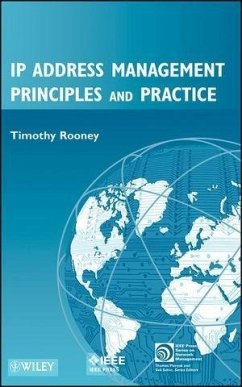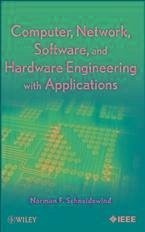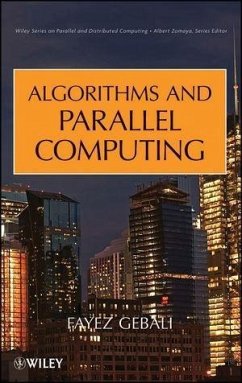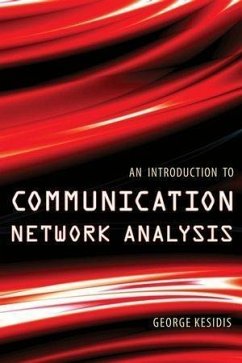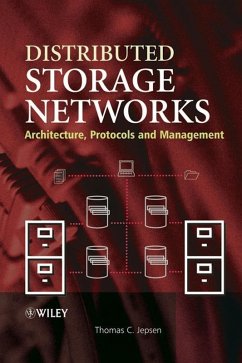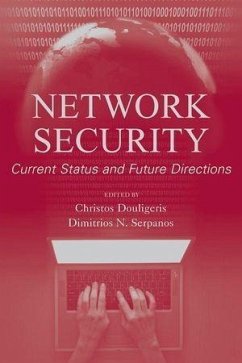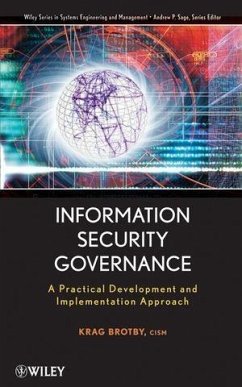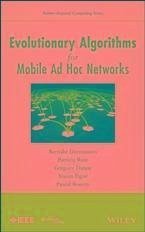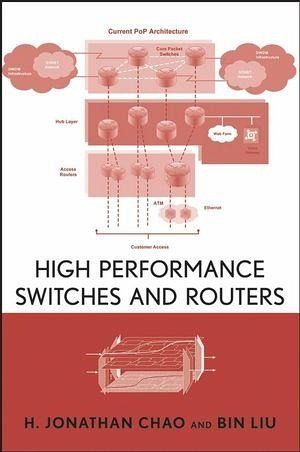
High Performance Switches and Routers (eBook, PDF)
Versandkostenfrei!
Sofort per Download lieferbar
168,99 €
inkl. MwSt.
Weitere Ausgaben:

PAYBACK Punkte
0 °P sammeln!
As Internet traffic grows and demands for quality of service become stringent, researchers and engineers can turn to this go-to guide for tested and proven solutions. This text presents the latest developments in high performance switches and routers, coupled with step-by-step design guidance and more than 550 figures and examples to enable readers to grasp all the theories and algorithms used for design and implementation.
Dieser Download kann aus rechtlichen Gründen nur mit Rechnungsadresse in A, B, BG, CY, CZ, D, DK, EW, E, FIN, F, GR, HR, H, IRL, I, LT, L, LR, M, NL, PL, P, R, S, SLO, SK ausgeliefert werden.




